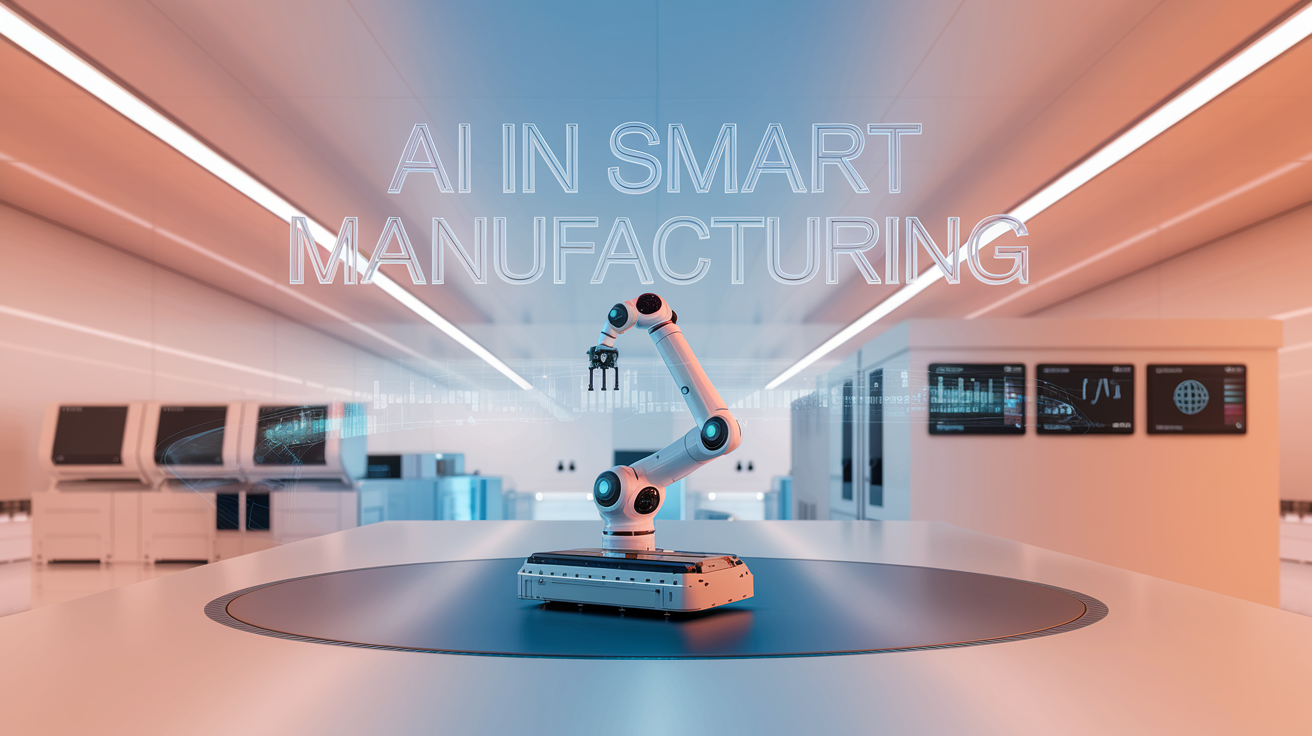
1. The Rise of Smart Factories
-
Predictive Maintenance– AI detects potential machine failures before they happen, minimizing unplanned downtime.
-
Adaptive Production– AI-powered systems adjust production schedules on the fly based on demand fluctuations.
-
Quality Enhancement– AI-driven real-time monitoring ensures defect-free products.
2. AI-Powered Automation: The Future of Manufacturing
-
AI-Driven Robotics– Intelligent robots can now assemble intricate components, conduct quality checks, and even make adjustments during production.
-
Computer Vision for Quality Control– AI-powered vision systems detect microscopic defects, ensuring only top-quality products reach customers.
-
Process Optimization– AI analyzes data patterns to optimize workflow, reducing waste and enhancing efficiency.
3. Data-Driven Predictive Maintenance: Eliminating Downtime
-
Continuous Monitoring– AI analyzes real-time sensor data from machines to track wear and tear.
-
Failure Prediction– AI models identify early warning signs of breakdowns before they occur.
-
Automated Maintenance Scheduling– AI schedules proactive repairs, preventing costly failures.
4. AI’s Role in Sustainable Manufacturing
-
Energy Optimization– AI monitors and controls energy usage, reducing waste.
-
Smart Supply Chains– AI optimizes logistics routes, cutting down fuel consumption and emissions.
-
Material Waste Reduction– AI-powered analytics predict precise material requirements, minimizing excess waste.
5. Strengthening Cybersecurity in Smart Manufacturing
-
Threat Detection– AI continuously scans networks and systems for vulnerabilities.
-
Automated Response– AI-powered security systems neutralize cyber threats in real-time.
-
Data Encryption & Protection– AI safeguards intellectual property and sensitive manufacturing data.

Posted by PDI Marketing Team
Pacific Data Integrators Offers Unique Data Solutions Leveraging AI/ML, Large Language Models (Open AI: GPT-4, Meta: Llama2, Databricks: Dolly), Cloud, Data Management and Analytics Technologies, Helping Leading Organizations Solve Their Critical Business Challenges, Drive Data Driven Insights, Improve Decision-Making, and Achieve Business Objectives.




